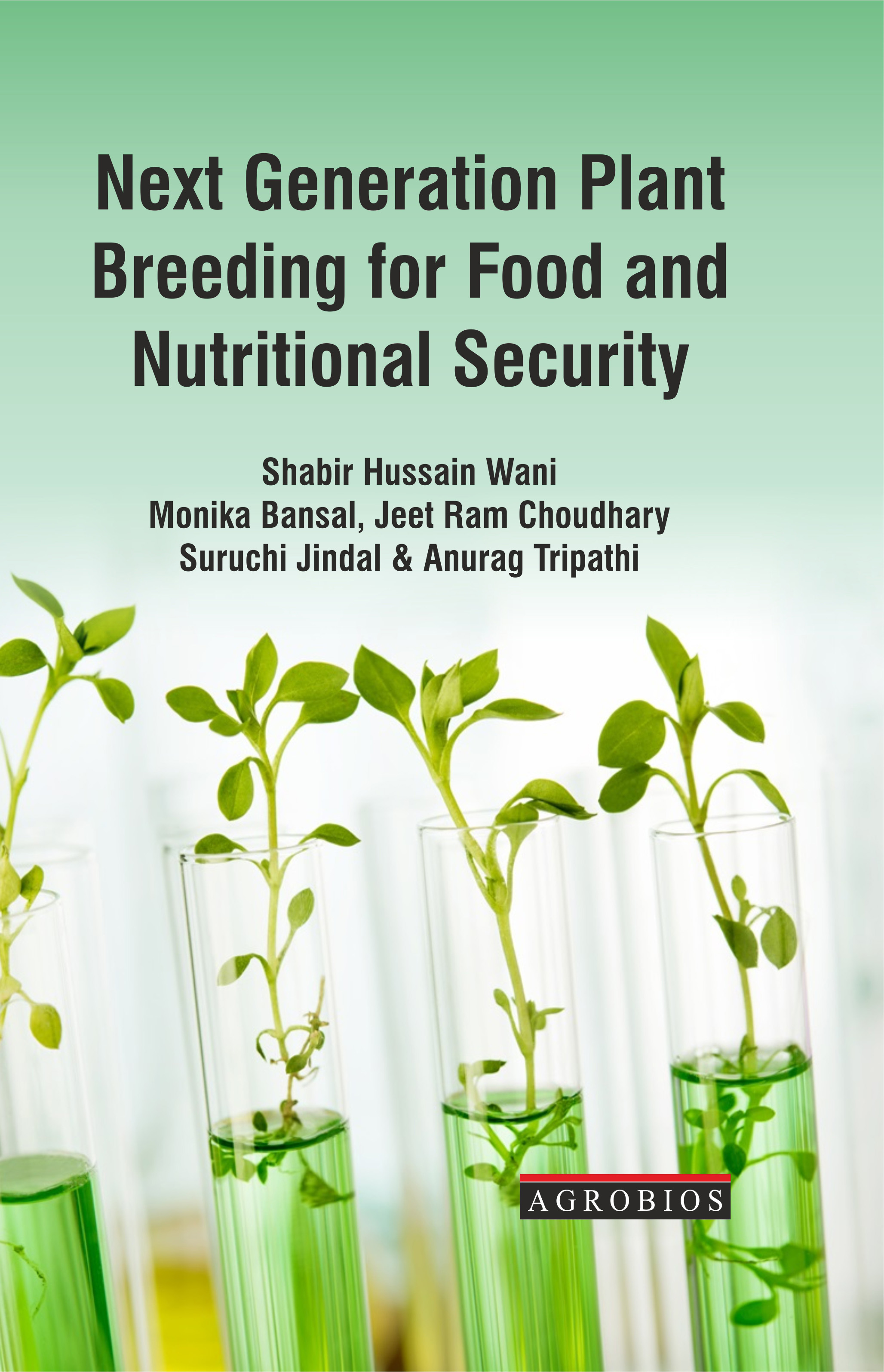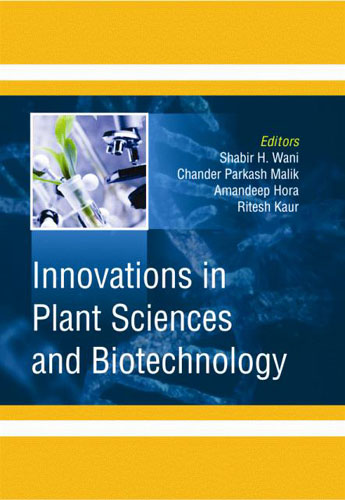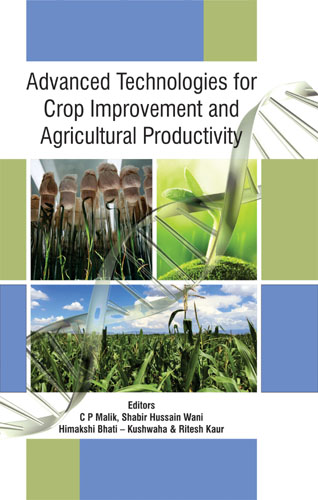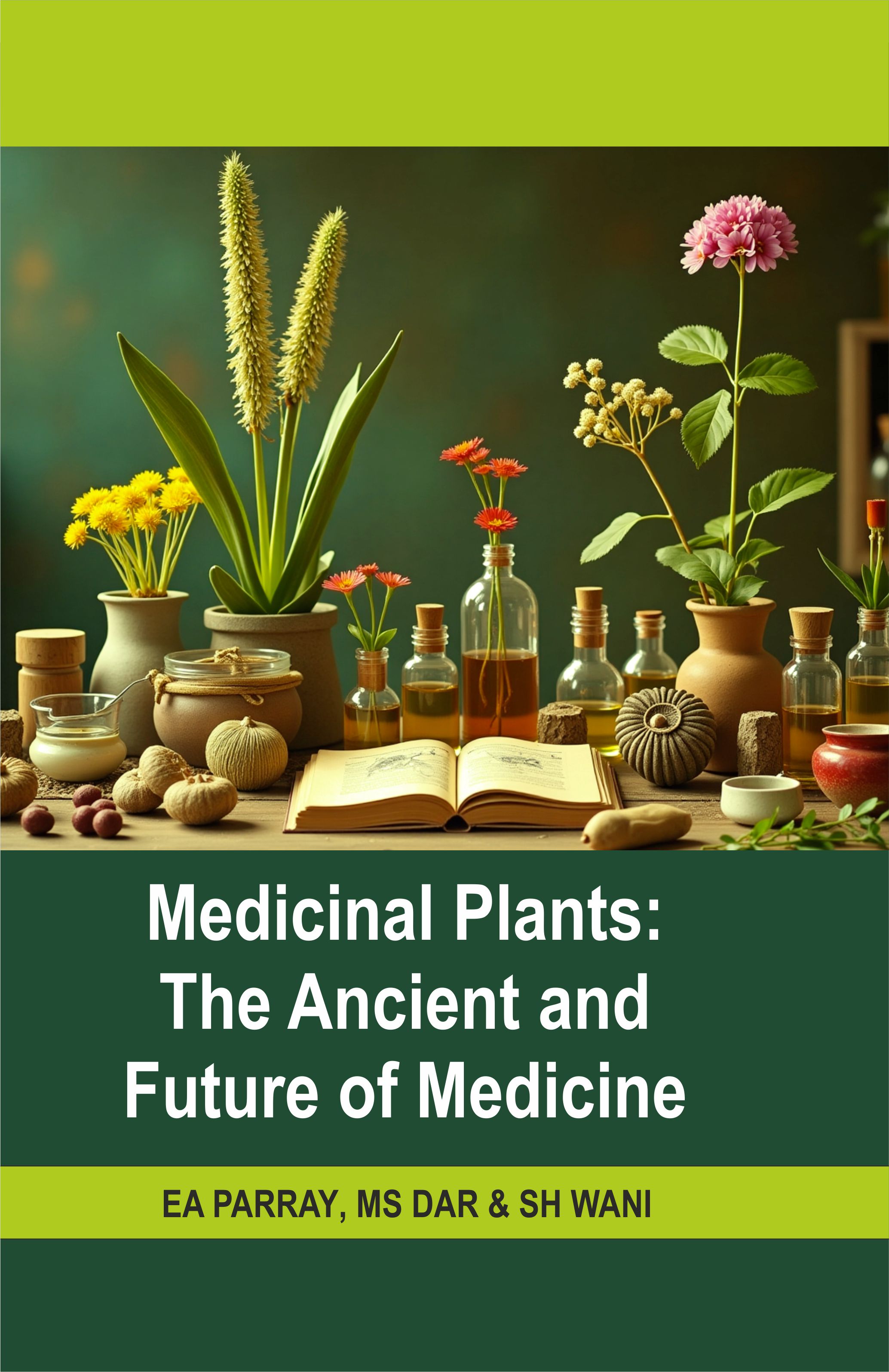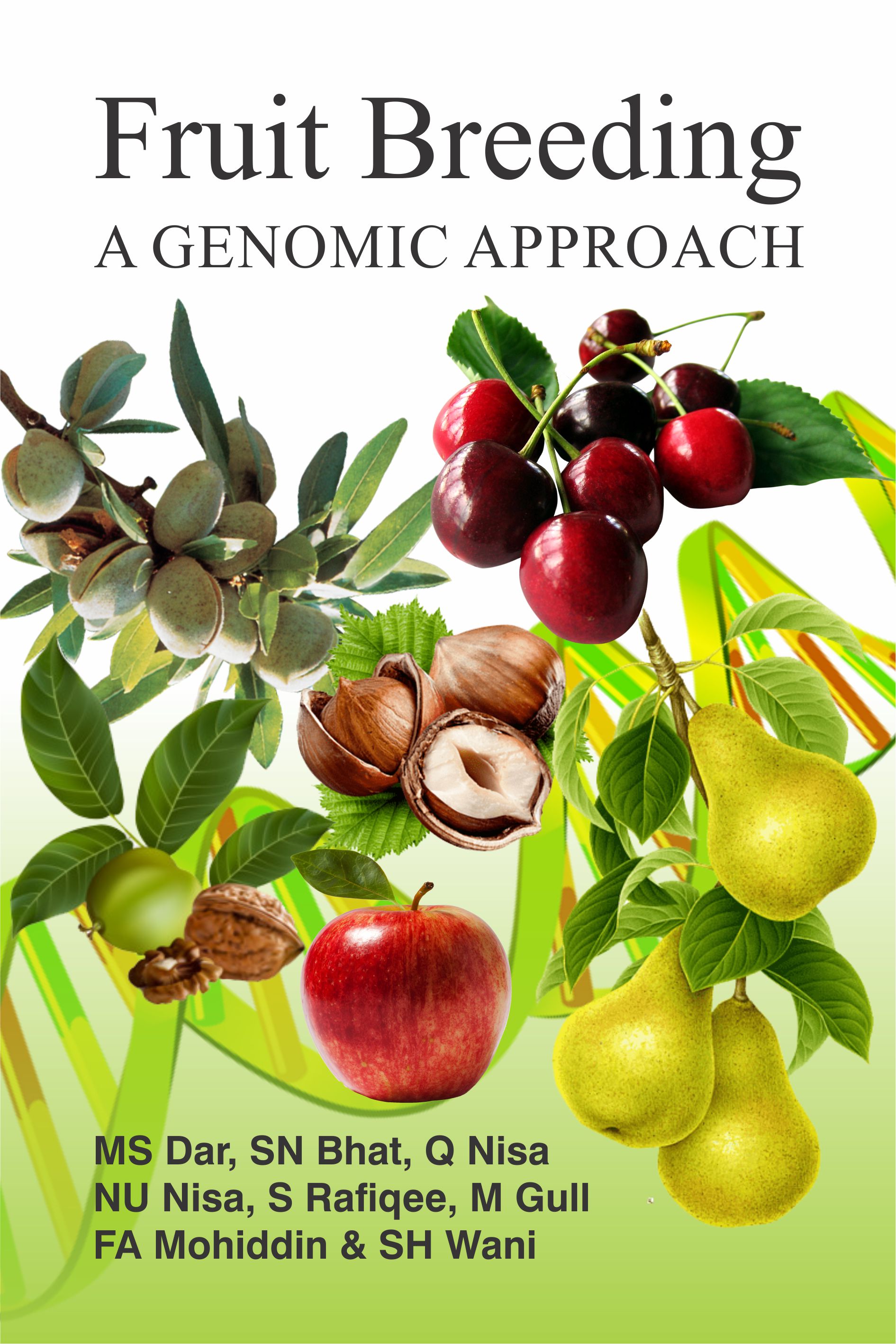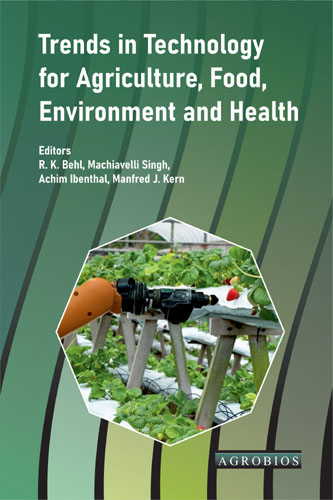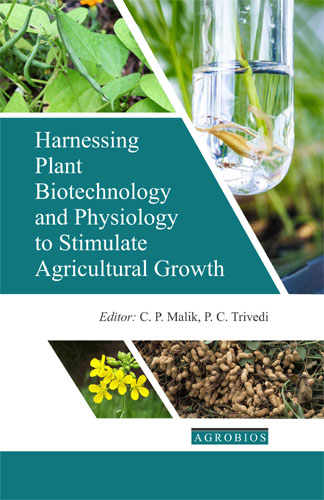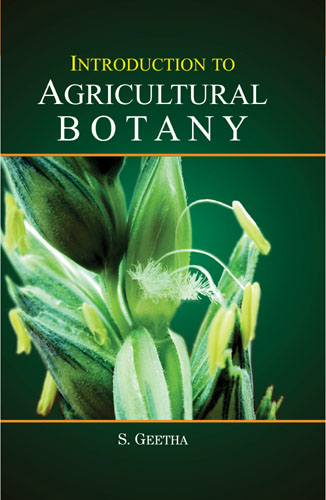Quality And Quantum Improvement In Field Crops NEW
The present volume has twelve chapters.
Chapter 1 is Biotechnological Advances to overcome Drought Stress in Wheat; Chapter 2 describes Farmer Participatory Approaches for Varietals Improvement; Chapter 3 Defines Recent Advances in Breeding for Resistance to Stem Rust of Wheat; Chapter 4 describes RNAi in Crop Improvement; Chapter 5 explains Marker Assisted Selection: A Feasible Tool in Crop Improvement; Chapter 6 discusses in detail Recent Genomic Approaches for Sugarcane Improvement: Opportunities and Challenges; Chapter 7 is Building Drought Tolerance by Integrating Root Architecture and above Ground Physiology: Case Study of Common Bean (Phaseolus vulgaris L.
).
Chapter, 8 deliberates Molecular Basis of Predicting Heterosis in Crop; Chapter 9 describes Physiological Functions of Auxin Amid Molecular Mechanisms of Auxin Response Factors.
Chapter 10 describes Saffron Improvement Improvised Methods.
Chapter 11 enlightens the Strategies to Improve Crop Salt and Drought Tolerance: Success and Limitations.
Last chapter discusses Proteomics Approaches for Abiotic Stress Tolerance in Plants.
Each chapter is detailed by experts in the area of their specialization.
We are confident that the book will cater to the needs of postgraduate students specializing in plant breeding, genetics, plant physiology, crop breeding, biotechnology, etc.
It will serve a definite purpose for agriculture scientists dealing with Quality and Quantum in Improvement of Field Crops.
Chapter 1 is Biotechnological Advances to overcome Drought Stress in Wheat; Chapter 2 describes Farmer Participatory Approaches for Varietals Improvement; Chapter 3 Defines Recent Advances in Breeding for Resistance to Stem Rust of Wheat; Chapter 4 describes RNAi in Crop Improvement; Chapter 5 explains Marker Assisted Selection: A Feasible Tool in Crop Improvement; Chapter 6 discusses in detail Recent Genomic Approaches for Sugarcane Improvement: Opportunities and Challenges; Chapter 7 is Building Drought Tolerance by Integrating Root Architecture and above Ground Physiology: Case Study of Common Bean (Phaseolus vulgaris L.
).
Chapter, 8 deliberates Molecular Basis of Predicting Heterosis in Crop; Chapter 9 describes Physiological Functions of Auxin Amid Molecular Mechanisms of Auxin Response Factors.
Chapter 10 describes Saffron Improvement Improvised Methods.
Chapter 11 enlightens the Strategies to Improve Crop Salt and Drought Tolerance: Success and Limitations.
Last chapter discusses Proteomics Approaches for Abiotic Stress Tolerance in Plants.
Each chapter is detailed by experts in the area of their specialization.
We are confident that the book will cater to the needs of postgraduate students specializing in plant breeding, genetics, plant physiology, crop breeding, biotechnology, etc.
It will serve a definite purpose for agriculture scientists dealing with Quality and Quantum in Improvement of Field Crops.
Dr. (Prof.) Malik CP
555
Table of Contents..
7.
9.
11.
12.
13.
15.
17.
18.
Book Details
Book Title:
Quality And Quantum Improvement In Field Crops NEW
Quality And Quantum Improvement In Field Crops NEW
Book Type:
REFERENCE BOOK
REFERENCE BOOK
No Of Pages:
328
328
Color Pages :
0
0
Color Pages :
0
0
Book Size:
AMERICAN ROYAL (6X9)
AMERICAN ROYAL (6X9)
Weight:
670 Gms
670 Gms
Copyright Holder:
Imprint:
M/s AGROBIOS (INDIA)
M/s AGROBIOS (INDIA)
Readership:
PG STUDENTS | SCIENTISTS AND RESEARCHERS |
PG STUDENTS | SCIENTISTS AND RESEARCHERS |
Associated Subjects:
Biotechnology , Plant Breeding And Genetics , Biotechnology , Molecular Biology , Nanotechnology ,
Biotechnology , Plant Breeding And Genetics , Biotechnology , Molecular Biology , Nanotechnology ,




